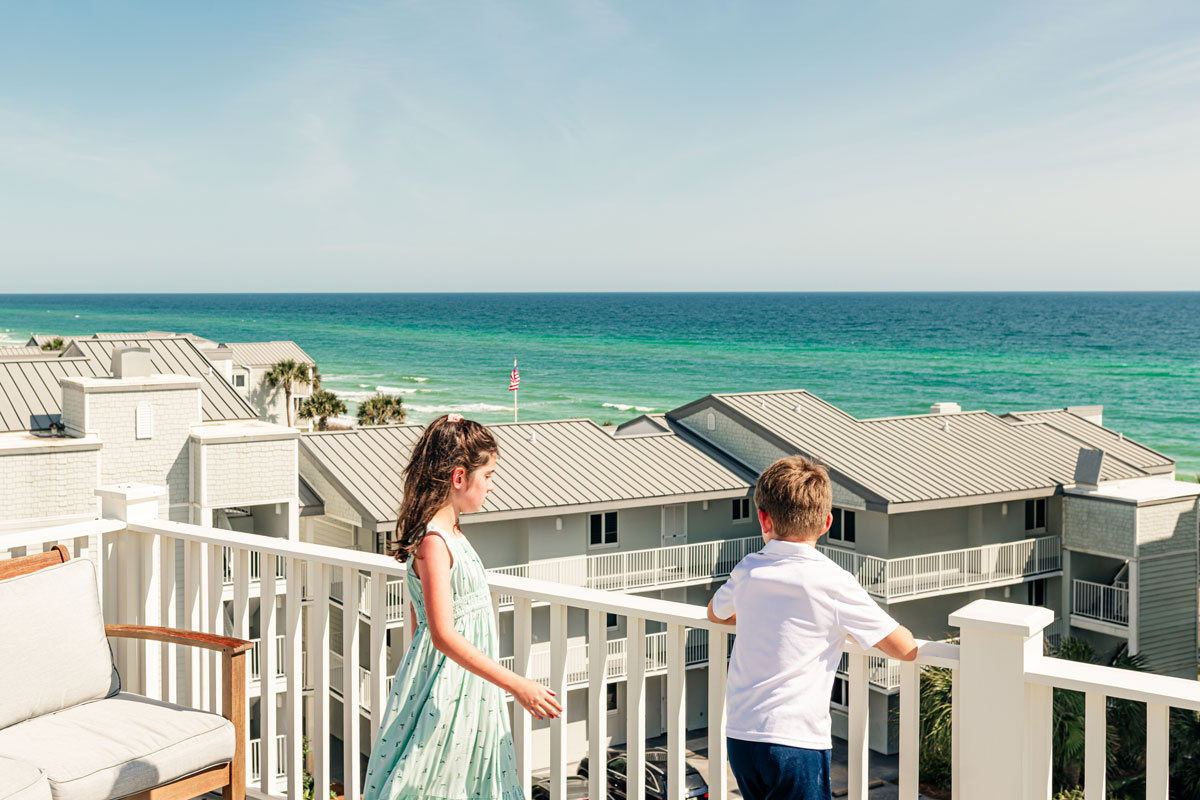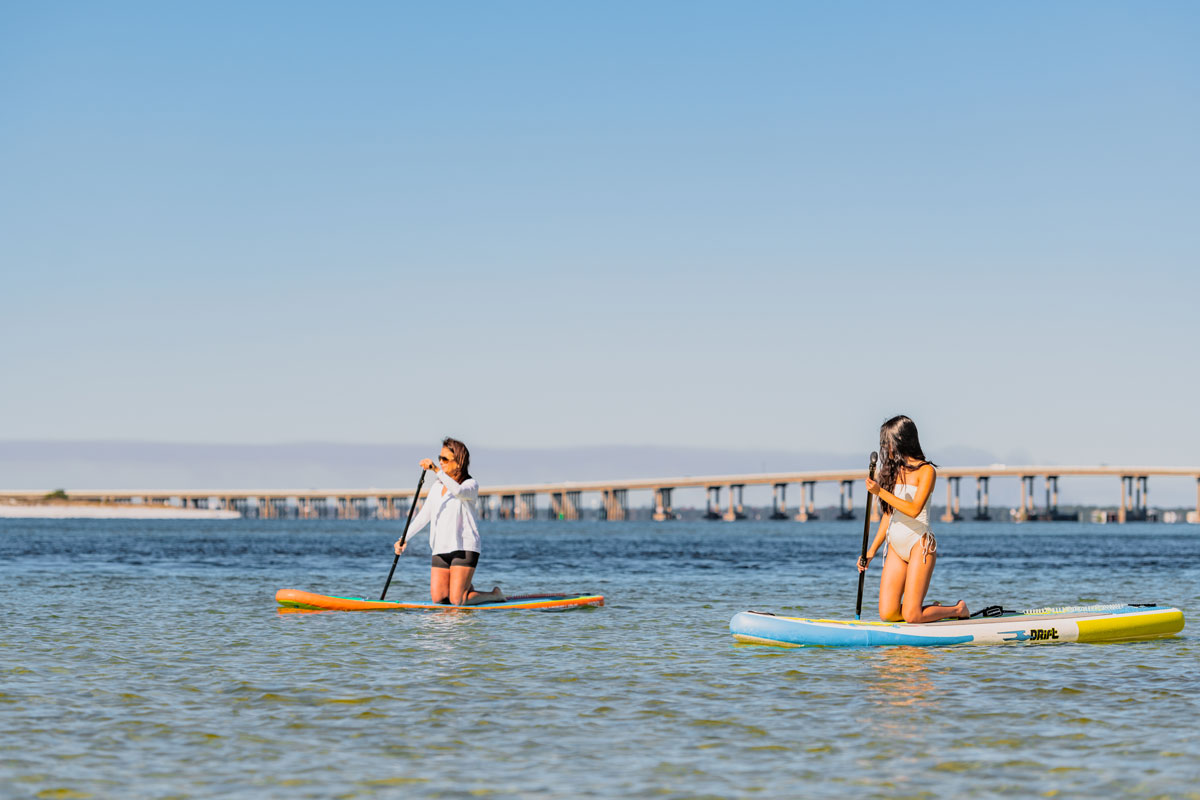“Since the onset of the pandemic, we’ve seen a significant increase in interest from people looking for safe, remote, and exciting rental properties,” says Jerry Hefner, VP of Marketing for Natural Retreats. “These have not only included short-term vacation rentals for our families and friends but also long-term rentals for those looking for a change of pace while working remotely or attending virtual education programs.”
“Our guests were looking for a vacation experience they could customize to the needs of their family— from specialty services to rental equipment delivered prior to arrival,” says Severs. “They also want to know the details—which homes have the best porches, the best views, and kitchens.”
By the spring of 2021 the surge in travel hadn’t let up. If anything, it had only increased with record- breaking summer bookings. The appeal also seemed to be diversifying.
“Across the industry we saw guests choose vacation home rentals in the summer of 2020 for safety considerations,” says Nathan Henris, Vice President of Marketing for 360 Blue. “But for those that were previously new to vacation rentals, the appeal has since expanded to lifestyle preferences such as in- home amenities and location. Guests know the safety advantages of vacation homes and enjoy the feeling of being ‘at home.’ And we’ve adjusted our messaging to reflect this change in awareness.”
The sustained demand was something of a surprise for several reasons, not least of which was the fact that the pandemic wasn’t really “over.” The Delta variant would make this all too clear, infecting millions of Americans in the late summer and early fall of 2021. Then came the Omicron variant. Through it all—after the endless highs and lows— the vacation home rental would emerge as the lodging option of choice for millions of travelers.
@2x.png)







